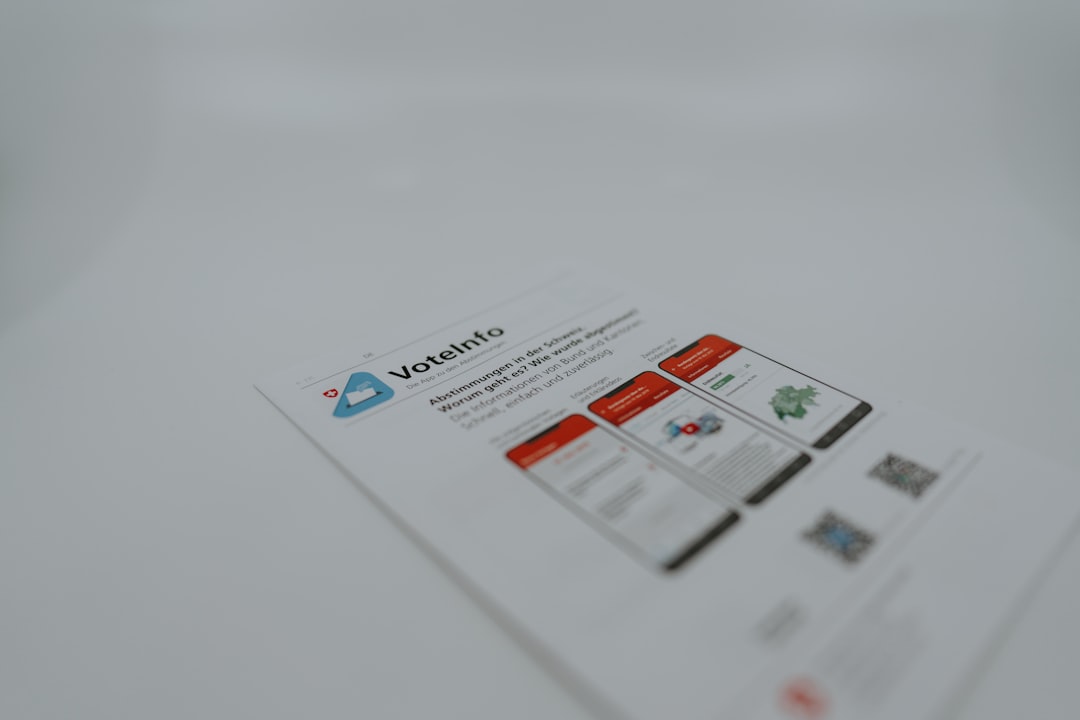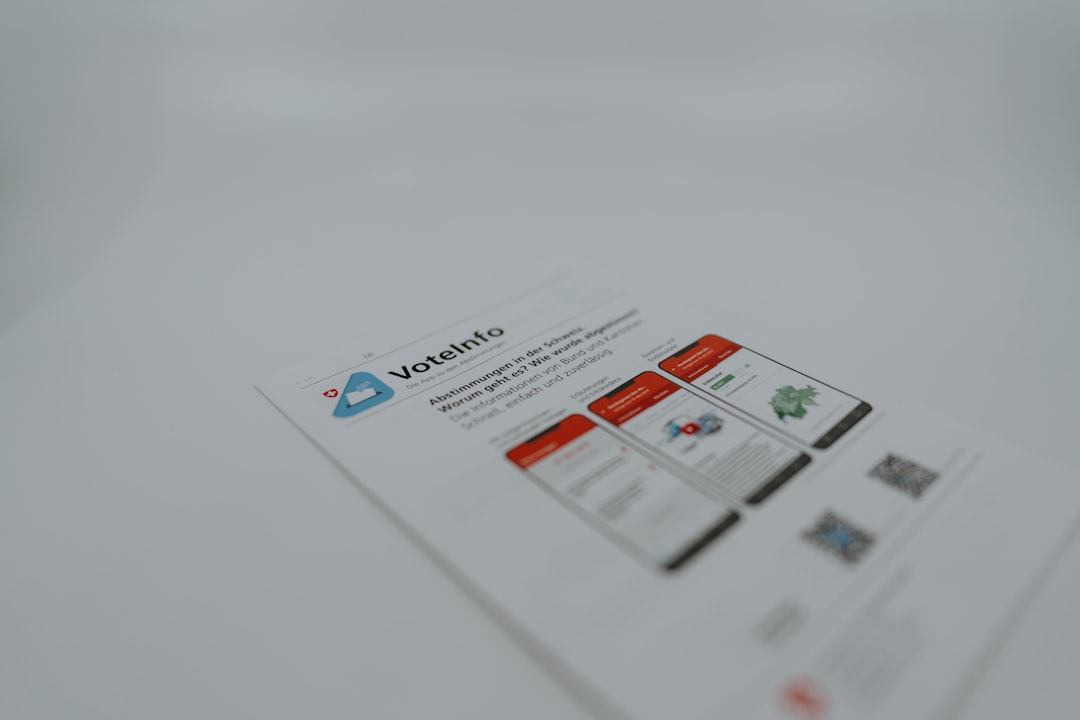For any eCommerce business running on WooCommerce, the My Account page is one of the most critical interfaces where your customers interact with their order information, personal details, and follow-up actions. Yet, too often, this essential area is neglected or left in its default, bland format. If you’re serious about customer satisfaction and reducing support overhead, then turning your WooCommerce account page into a robust self-service dashboard is something you can’t ignore. This is where the power of WooCommerce Account Page Widgets enters the scene.
Account page widgets are small, modular elements that display specific, actionable information right on the user dashboard. Think of them as your customer’s personal command center, weaving essential features and services into a tidy, easily navigable interface. Let’s explore how these widgets can transform a static page into a helpful, interactive hub for your customers.
Why the Default My Account Page Isn’t Enough
Out of the box, WooCommerce gives you a “My Account” page that technically works—but only just. Customers can view their previous orders, update account details, and maybe reset their password. But that’s about it. There’s nothing engaging or intuitive about the default layout, and most customers won’t find it particularly helpful for anything beyond the basics.
From a business standpoint, this results in missed opportunities to:
- Reduce support tickets by answering common questions preemptively
- Encourage upselling with personalized recommendations
- Collect and use customer feedback effectively
- Boost account engagement and return visits
If your customers constantly email you about shipping updates, return instructions, or invoice downloads, then your account page isn’t doing its job. But imagine a dashboard where customers don’t need to ask—they can just click.
What Are WooCommerce Account Page Widgets?
WooCommerce account page widgets are modular blocks of content or functionality that you can display in the customer dashboard. These can include anything from:
- Recent orders with shipping progress bars
- Customer loyalty points balance
- Sales promotions or exclusive offers
- Quick access to product returns
- Downloadable invoices or receipts
These widgets improve the user experience by adding actionable and personalized content instead of a one-size-fits-all structure. It turns the account area into a helpful tool, not just a database viewer.

Widget Ideas to Enhance the Account Page
Here are some practical and powerful widget ideas that can bring huge value to both your business and your customers:
1. Order Tracking Widget
Let customers see where their package is without having to copy/paste a tracking ID into a carrier’s website. A progress tracker with delivery stages (e.g., packed, shipped, out for delivery) makes it easy and transparent.
2. Product Return/Exchange Shortcut
A self-service return button linked directly within each past order can dramatically reduce customer service emails. Include in-widget links to your return policies to make the process seamless.
3. Loyalty Points Tracker
If your store uses a rewards program, a widget showing their current points, reward history, and how to redeem is incredibly motivating for repeat purchases.
4. “Buy Again” Suggestions
Show previous products that customers might want to reorder, like consumables or seasonal items. Include a quick “buy again” button right in the widget.
5. Personalized Recommendations
Leverage purchase history and browsing behavior to highlight relevant products. This adds value and encourages return visits for browsing or buying.
6. Invoice and Downloadables Area
Offer download links for invoices, product files, software licenses, or instructions directly from the dashboard.
7. Support Ticket Summary
If you use a helpdesk solution integrated with WooCommerce, display each customer’s ticket status and messages right in their account area.
8. Custom Announcements or News Feeds
Let customers know about changes to your shipping processes, sales promotions, or loyalty programs through a small announcement widget.

How to Add Widgets to WooCommerce Account Page
There are multiple ways to implement widgets into your WooCommerce account page. Let’s explore the most common methods:
1. Use a Plugin
There’s a healthy ecosystem of WordPress plugins that enhance the WooCommerce account page. Some popular ones include:
- My Account Page Editor – Easily customize menus and tabs, and inject content blocks.
- WooCommerce Custom My Account Pages – Add new custom tabs with shortcodes or HTML widgets.
- ShopMagic for WooCommerce – Adds order follow-ups and marketing widgets to the dashboard.
These plugins often offer drag-and-drop interfaces, saving time for non-developers and store owners.
2. Use WordPress Widgets or Page Builders
If you’re using a page builder like Elementor or Beaver Builder, you can design a completely customized account page using widgets and templates. Add dynamic elements like user first name, recent activity, or forms easily with native module integrations.
3. Custom Code with Hooks and Filters
If you’re comfortable with PHP and WordPress theme development, you can hook into WooCommerce’s native actions and filters to add widgets. Popular actions include:
woocommerce_account_dashboardwoocommerce_before_my_accountwoocommerce_after_my_account
This approach offers ultimate flexibility but does require coding knowledge.
Best Practices for Widget Design
Just slapping in ten widgets doesn’t guarantee usefulness. Here are a few best practices to keep the account page helpful, not overwhelming:
- Prioritize frequently used actions or questions. If most customers return to your store to track orders, that should be the first thing they see.
- Group similar widgets together. Use tabs or collapsible sections to organize content logically.
- Keep it mobile-friendly. Account pages must be responsive and clean, even more so since many users access these from a mobile device.
- Use icons and visual clues. A small truck icon for delivery status or a gift icon for loyalty points makes information digestible at a glance.
The Bottom Line: Empower Your Customers
The trend in modern eCommerce leans heavily toward self-service. Customers don’t want to call, email, or wait for help—they want answers now. Turning your WooCommerce account page into a feature-rich dashboard is a smart step toward meeting this desire for convenience. It increases satisfaction, builds trust, and lowers the burden on your customer support team. Best of all, it keeps customers coming back not just to buy, but to engage.
By strategically using WooCommerce account page widgets, you turn data into action, confusion into clarity, and one-time buyers into loyal customers.



